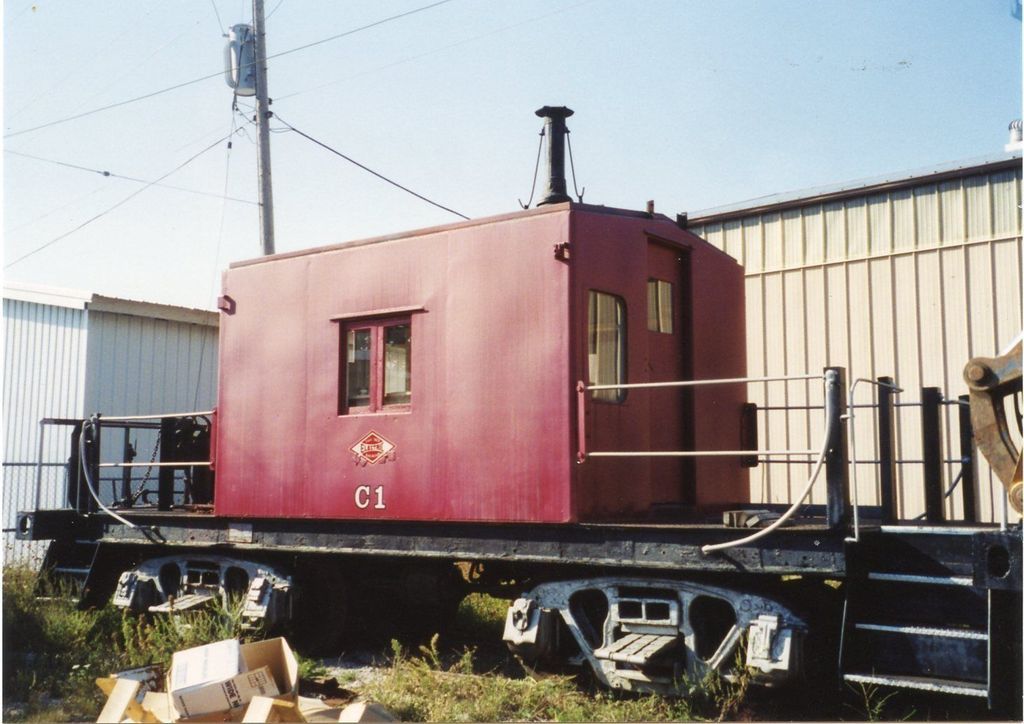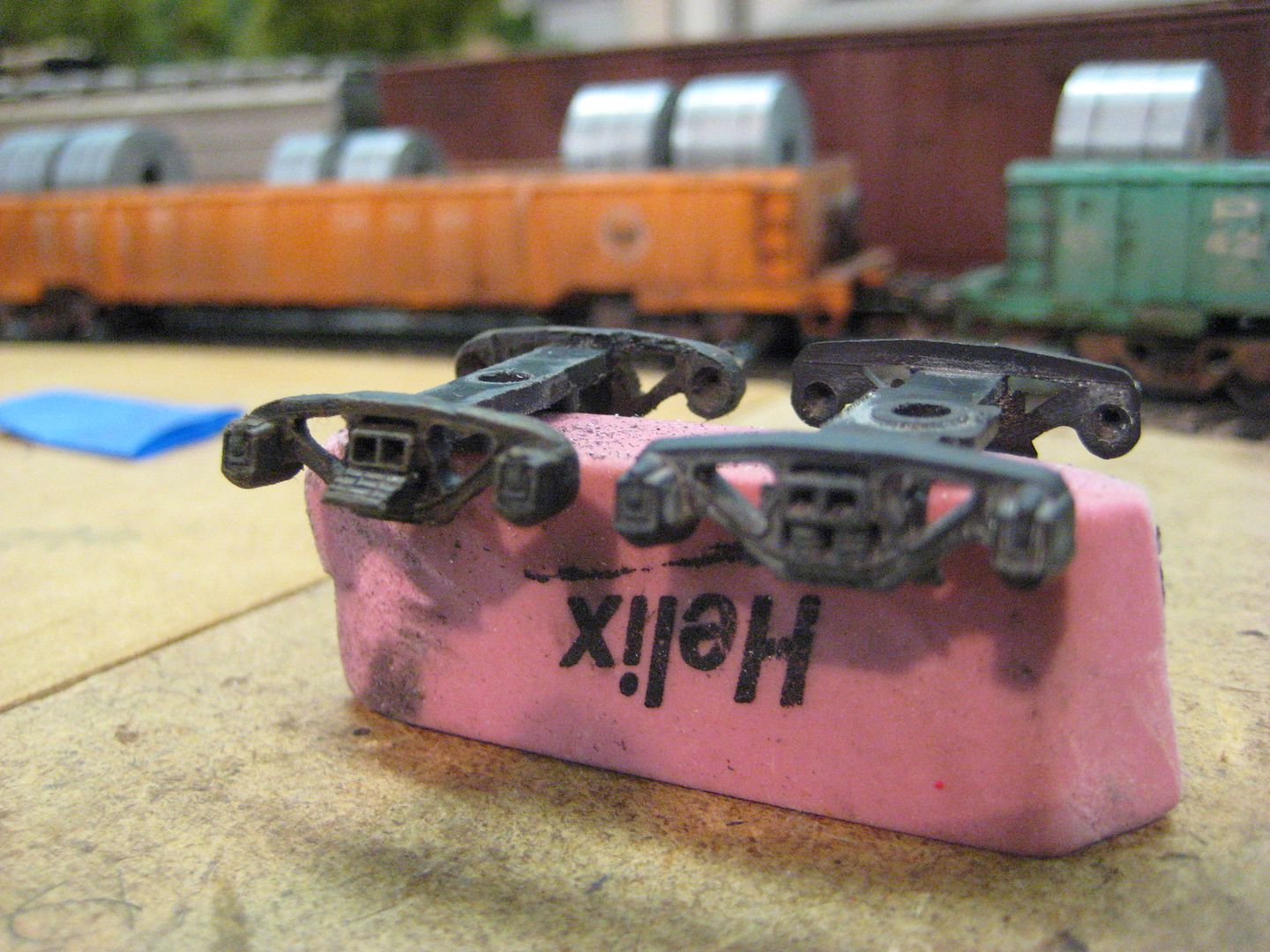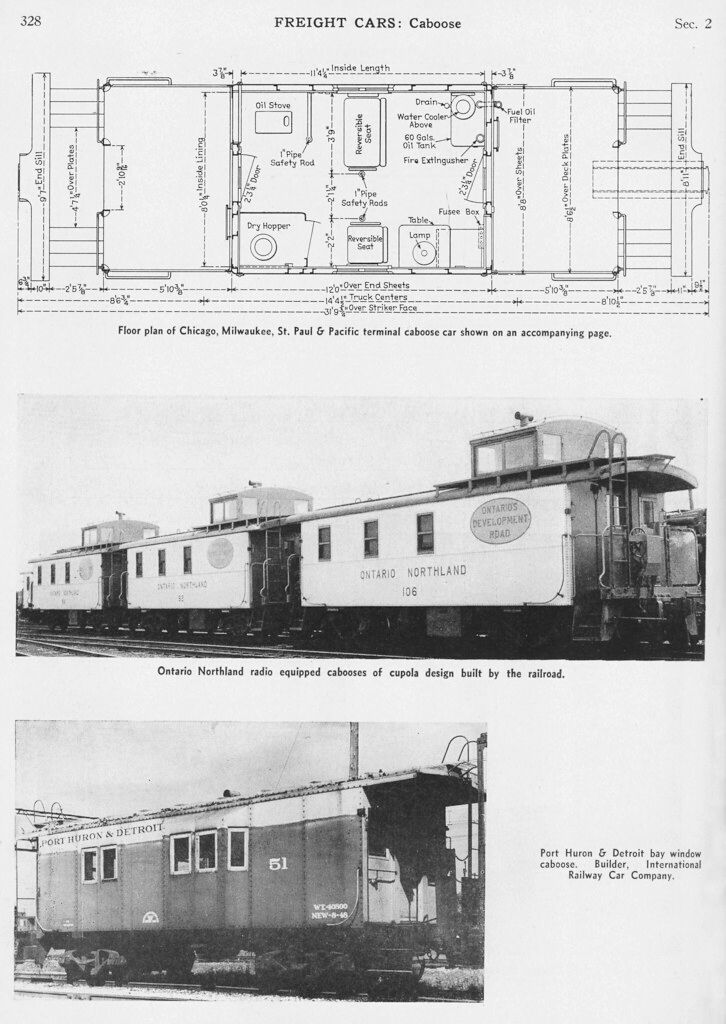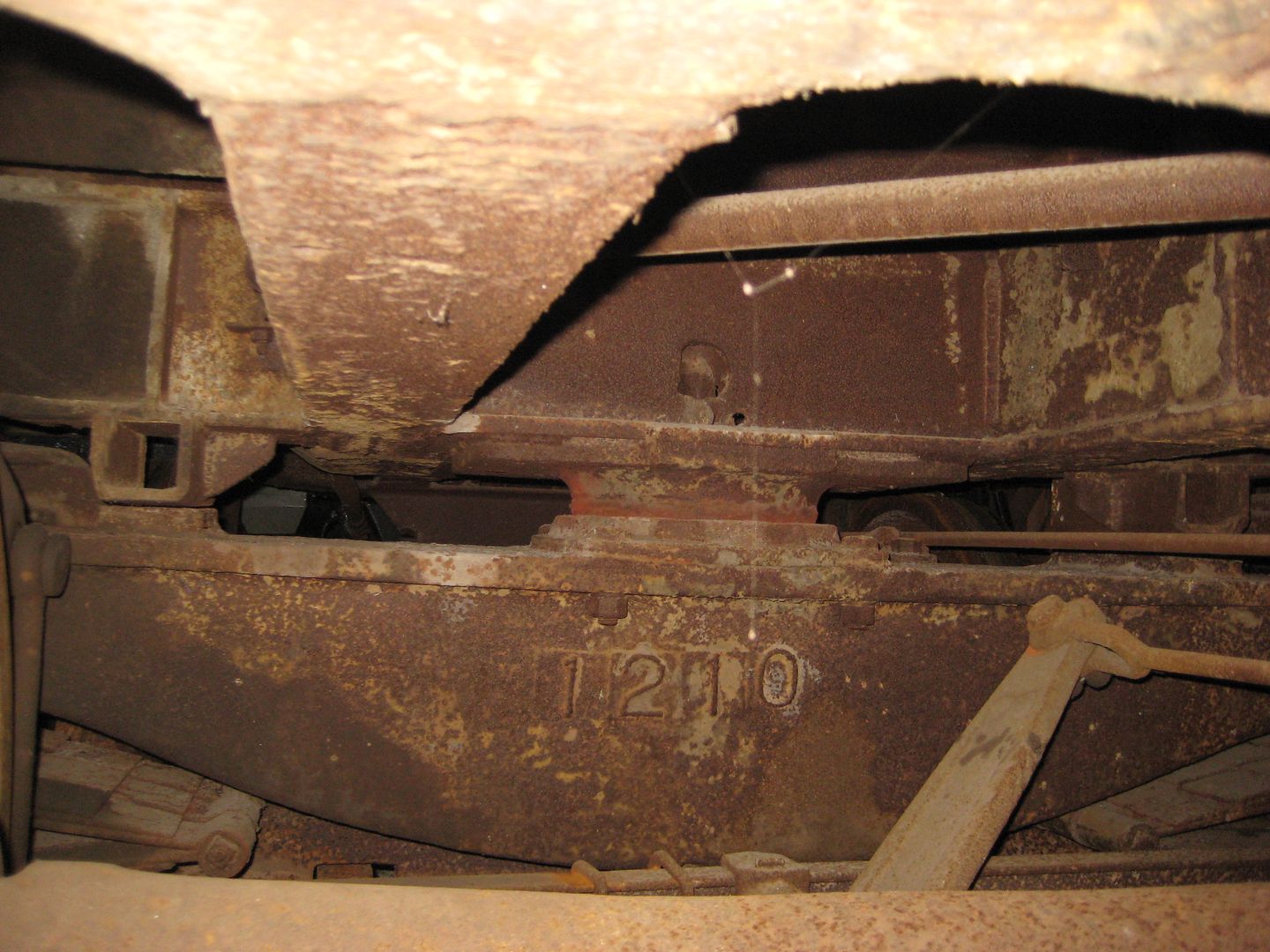Time to get this project going. I’ve talked about it for a while, and it’s finally on the work bench, after completing my overhead crane build, which, if your interested is here:
http://cs.trains.com/mrr/f/88/t/275511.aspx
To get this project going, a picture of the prototype, just a couple of blocks from my house.

It now belongs to the East Troy Electric Railroad, AKA the East Troy Railroad Museum. https://www.easttroyrr.org/
This car started out life as a coal tender on the MILW.
They have made some changes, most obvious is the ladders and roof walk have been removed from the cab.
I was also able to find a drawing of this caboose, for the 01731 - 01740 series, which mine is numbered 01738.

My intent is to build this car as it was when delivered to the ETERR, not sure of the date when that happened. I’ll be adding the ladders and roof walk, and starting out with it in MILW paint.
I was able to get access to the car, and take pictures, but, I should have taken a lot more! [:|], but with some on line help, and help from forum members, and what pictures I did take, I can work it all out, and fill the info I don’t have.
First up, was the trucks. I dug through my 3 small boxes of misc. trucks, and come up with a pair that needed only some minor work. Removing the coil springs, and adding the leaf springs.

The original truck is on the right, the reworked truck on the left.
Then, after a long delay, I finally started on the frame. I couldn’t find an excisting caboose frame and chassis that looked rig




